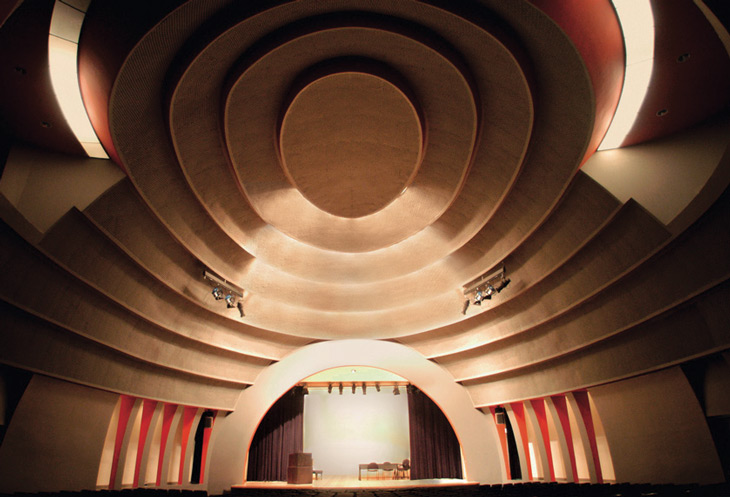Written by Jared Goss, Art Deco Style kicks off a new series for the New York Publisher.
READ ALSO: Creativity In Focus: The Ascendant Rise Of Arab Art
At the dawn of the twentieth century, the world yearned for a new design style that would embody contemporary culture.
Efforts to create a design language suited to the needs and tastes of the modern world took shape during the first decades of the new century, crystallizing in Paris with the 1925 Exposition International des Arts Décoratifs et Industriels Modernes.

Enameled glass bottle with stopper by Maurice Marinot, published in L’Art Décoratif Français
(Éditions Albert Lévy, Paris, 1925) / Maurice Marinot
Four bookbinding designs by Pierre Legrain, from
Reliures / Bibliothèque Centre des Monuments Nationaux, 1929, Reproduction Jean-Luc Paillé
French movement
The Art Deco period encompassed a multitude of decorative influences, including the updating of historical styles, the introduction of exotic elements and the adaptation of avant-garde art currents such as the geometric abstraction of Cubism.
Not a single style or a unified movement, Art Deco is a design idiom that reflects a decorative approach to designing appealing consumer goods during the interwar period. Encompassing every discipline within the applied arts, the movement manifested itself to some extent everywhere around the world, perhaps the first design idiom ever to do so.
Art Deco’s fundamental appeal lay in its decorative qualities, which consumers found attractive and glamorous. From skyscrapers, locomotives, automobiles and ocean liners to fashion, advertising and everyday home furnishings and appliances, this style captured the imagination of designers and consumers alike.

The airship USS Akron (ZRS-4) in fight over Manhattan, c. 1931-33 / The US Naval History and Heritage Command
Tishman Auditorium at New School
University, designed by Joseph Urban, 1930 / Frances Roberts
Evolving between the two World Wars, taking on unique stylistic expressions in different places around the world, Art Deco symbolized modernity, sophistication, glamour, and the optimism of technological progress.
New series
The taste for this approach came to an end with World War II, but interest emerged again in the 1960s. Fascination for Art Deco remains strong today, and is encapsulated in Assouline’s latest book.
Featuring an Introduction by expert Jared Goss, and brimming with captivating imagery, Art Deco Style expresses the multifaceted allure of this global design phenomenon and its perennial appeal.

View of the dome of the National Basilica of
the Sacred Heart, Belgium, consecrated in 1935.
The design by architect Albert Van Hufel won the
architecture prize at the 1925 Paris Exposition / Lucmercelis
Auditorium in the Odeon cinema at Leicester
Square in London, 1937, designed by Harry Weedon
and Andrew Mather / English Heritage
Following its successful Travel tomes, the New York-based publisher now introduces the Style series. This aims to spotlight some of the most iconic art movements and design styles, revealing their impact and continuing influence on our culture today.
Goss is an independent scholar and former associate curator in the department of Modern and Contemporary Art at the Metropolitan Museum of Art, which published his book French Art Deco in 2014.
“I spent much of my two-decade career as a museum curator asking myself the same, struggling with a term that has been broadly applied to virtually every aspect of material culture created from the 1910s through the 1940s,” Goss says in a piece for the Art Deco Society of New York.

The Chrysler Building in New York, designed
by William Van Alen, built 1929-30, was briefy the
world’s tallest structure until the completion of the
Empire State Building / Future Light
Detail of mirror panels in the staircase of the
Palais de la Mediterranée / George Rinhart
For example, he asks, “how does one reconcile luxurious, handcrafted French objects made for the wealthy élite with machine-like mass-produced American ones made for middle-class consumers, both called Art Deco?”
The 54-year-old is a graduate of the University of Virginia, and the Parsons School of Design. For Assouline, Goss previously wrote the Introduction to Jean-Michel Frank in 2018.
For more information, visit Assouline.com.
Photos courtesy of Assouline





